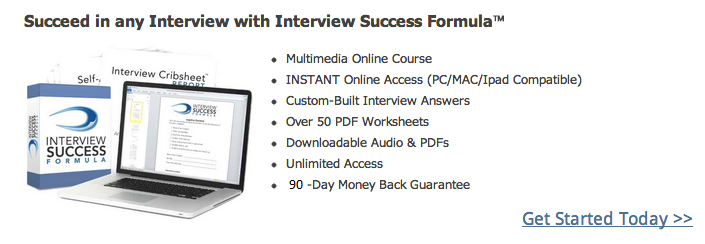 This past week, I’ve had a few experiences that have reminded me about personal branding, and how you can rebrand yourself on the job search.
This past week, I’ve had a few experiences that have reminded me about personal branding, and how you can rebrand yourself on the job search.
What is a personal brand?
Here’s the simple definition: It’s how people see you and think of you. Your brand is impacted by your resume, cover letter, references, your job interview, and anything that can be discovered about you online or using social media.
How can you use your brand to differentiate yourself from other job seekers? How do you adjust to the current market if you’ve been struggling to find a new job? Let’s talk about 3 techniques you can use to change your personal brand and improve your job search.
Technique 1: The pivot
This week, I heard from an ISF customer who got a new position after a couple of years on the hunt. He was a former schoolteacher, who after struggling to find a teaching position, took a look at who he was with the help of the Self-Assessment materials. Then he identified another field that fit with the work he enjoys doing. He has already started his new job in customer relations.
In entrepreneurial startup speak, such a refocusing of abilities from an unsuccessful goal to another that seems more promising is known as a pivot. In a pivot, a company or individual takes one’s core competencies and retargets them to a new audience. This new audience is chosen based on demand and fit.
With a pivot in your job search, you would be doing a full rebranding. You would have to change the message of your resume and your online profiles to match your new goals.
Technique 2: The facelift
You’ve seen plenty of websites launch with a new design. With Facebook, it seems to happen every week. Though the content is 95% the same and the it is focused on helping the same customers, the site usually has a new look and feel and a few added features for better user friendliness. These websites got a facelift.
In the job search, a facelift means focusing on the same field, but improving your technical skills and presentation. This includes tweaking the small details like wearing a new suit, taking a course to train oneself in specific skills that can make a resume seem more up to date, signing up new job references, and improving job interview answers. Making these changes would be just an evolution of your personal brand.
Technique 3: New marketing message
On Thursday, I spoke with a job seeker who recently turned 50. She wanted to break into a director of marketing role at a cloud computing company. This was a field where she was a total newcomer. Further, the other employees were practically all male, and could be the age of her children. She was worried about relating to this young tech savvy group. Yet, by changing her message, all of these characteristics could actually add value to her personal brand.
After I spoke with her, she realized that these differences between her and these co-workers could actually be presented as an asset. The cloud computing company’s customers, the individuals who actually needed to make the decision to purchase these cloud computing services, looked more like her than her co-workers. The customers were older and not nearly as tech savvy. Her ability to bring a different perspective and relate to this audience was a unique talent.
When you look at who you are and what you have to offer, think about how you can communicate your skills and experience in a new way that can enhance the interest of employers in hiring you. Develop your job search and your personal brand to highlight these unique aspects of yourself.
Wrapping up, as you continue interviewing and job searching, think about how you can most effectively apply and describe your talents to create a great brand and to land a fantastic next job.


